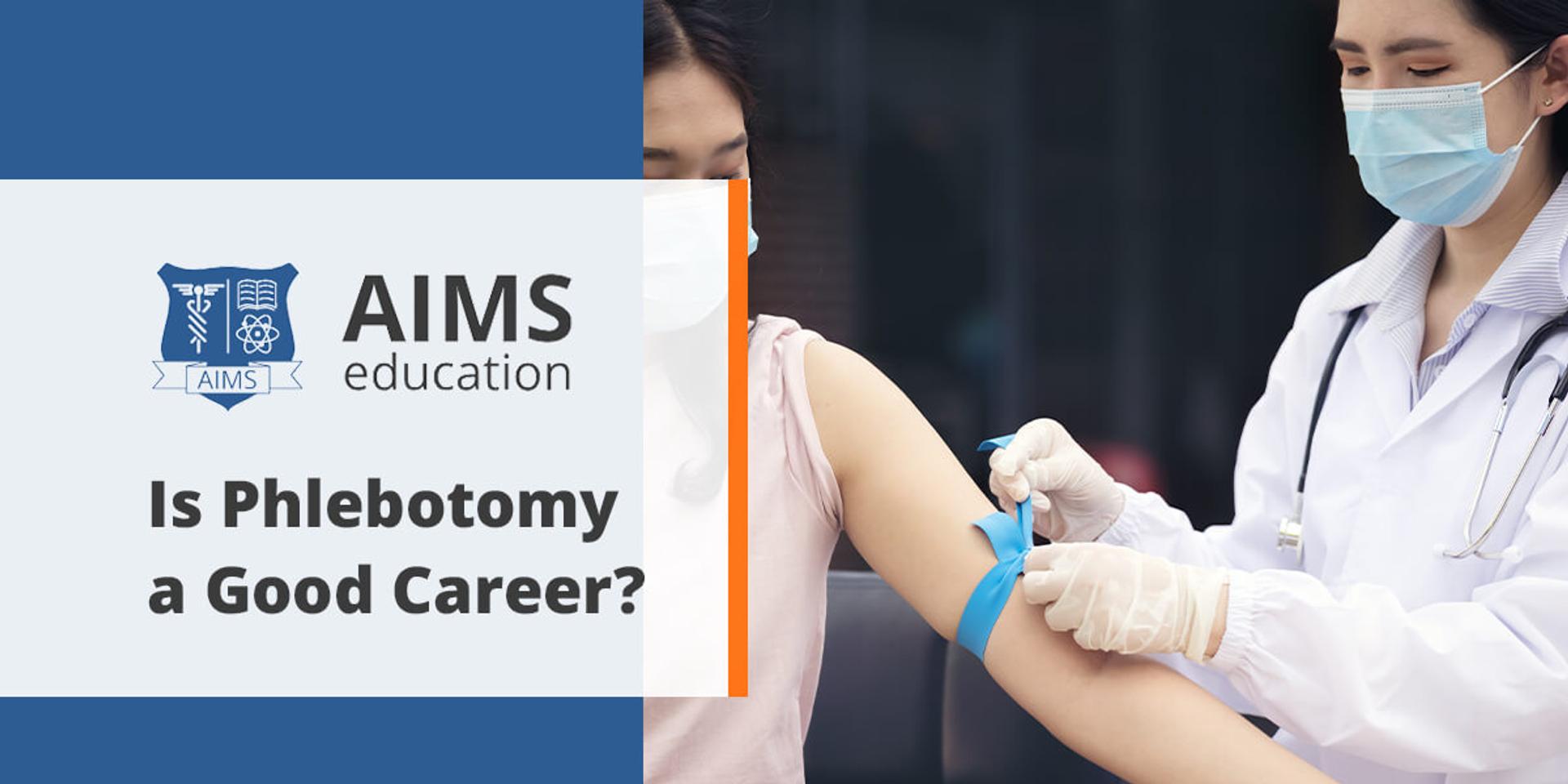The Main Principles Of Northeast Medical Institute - New Haven Campus Phlebotomy Course & Cna Class
The Main Principles Of Northeast Medical Institute - New Haven Campus Phlebotomy Course & Cna Class
Blog Article
Things about Northeast Medical Institute - New Haven Campus Phlebotomy Course & Cna Class
Table of Contents7 Simple Techniques For Northeast Medical Institute - New Haven Campus Phlebotomy Course & Cna ClassNortheast Medical Institute - New Haven Campus Phlebotomy Course & Cna Class Fundamentals ExplainedThe Ultimate Guide To Northeast Medical Institute - New Haven Campus Phlebotomy Course & Cna ClassThe smart Trick of Northeast Medical Institute - New Haven Campus Phlebotomy Course & Cna Class That Nobody is DiscussingNortheast Medical Institute - New Haven Campus Phlebotomy Course & Cna Class Fundamentals ExplainedHow Northeast Medical Institute - New Haven Campus Phlebotomy Course & Cna Class can Save You Time, Stress, and Money.
The usage of such devices ought to be accompanied by other infection avoidance and control techniques, and training in their usage.For setups with low resources, expense is a motoring aspect in purchase of safety-engineered tools. Where safety-engineered gadgets are not offered, competent usage of a needle and syringe is acceptable.
labelling); transport problems; analysis of results for clinical monitoring. In an outpatient division or facility, supply a specialized phlebotomy work area containing: a tidy surface area with two chairs (one for the phlebotomist and the other for the individual); a hand clean basin with soap, running water and paper towels; alcohol hand rub. In the blood-sampling room for an outpatient division or center, supply a comfortable reclining sofa with an arm rest.
The 2-Minute Rule for Northeast Medical Institute - New Haven Campus Phlebotomy Course & Cna Class
Make certain that the signs for blood sampling are plainly defined, either in a written procedure or in recorded guidelines (e.g. in a lab type). In all times, follow the methods for infection prevention and control noted in Table 2.2. Infection prevention and control techniques. Gather all the equipment required for the procedure and location it within safe and very easy reach on a tray or cart, guaranteeing that all the things are plainly noticeable.
Introduce yourself to the client, and ask the person to specify their complete name. Inspect that the research laboratory kind matches the patient's identity (i.e. match the individual's information with the research laboratory form, to ensure exact recognition).
Make the patient comfortable in a supine setting (if possible). Place a clean paper or towel under the client's arm. Review the test to be performed (see Annex F) and get verbal approval. The client has a right to decline a test any time before the blood sampling, so it is very important to ensure that the patient has actually recognized the treatment.
The Definitive Guide to Northeast Medical Institute - New Haven Campus Phlebotomy Course & Cna Class
Prolong the person's arm and check the antecubital fossa or forearm. Locate a capillary of a great size that is noticeable, straight and clear. The diagram in Section 2.3, shows usual positions of the vessels, but lots of variants are possible. The typical cubital capillary lies between muscle mass and is normally the most easy to pierce.
DO NOT put the needle where capillaries are drawing away, because this raises the opportunity of a haematoma. The vein ought to show up without applying the tourniquet. Finding the vein will help in figuring out the correct dimension of needle. Apply the tourniquet about 45 finger sizes over the venepuncture website and re-examine the capillary.
Haemolysis, contamination and visibility of intravenous fluid and medication can all modify the outcomes (39. Nursing personnel and physicians may access main venous lines for samplings adhering to methods. Specimens from main lines carry a risk of contamination or incorrect lab test outcomes. It is appropriate, however not excellent, to injure samplings when first introducing an in-dwelling venous gadget, prior to attaching the cannula to the intravenous fluids.
How Northeast Medical Institute - New Haven Campus Phlebotomy Course & Cna Class can Save You Time, Stress, and Money.
Permit the area to dry. Failing to allow sufficient call time raises the danger of contamination. DO NOT touch the cleansed website; in particular, DO NOT place a finger over the capillary to guide the shaft of the subjected needle. It the website is touched, repeat the sanitation. Perform venepuncture as adheres to.
Ask the individual to develop a hand so the blood vessels are extra famous. Enter the vein swiftly at a 30 degree angle or less, and continue to present the needle along the vein at the easiest angle of entry - PCT Courses. As soon as sufficient blood has actually been collected, launch the tourniquet BEFORE taking out the needle
The Definitive Guide for Northeast Medical Institute - New Haven Campus Phlebotomy Course & Cna Class
Take out the needle carefully and apply gentle stress to the site with a tidy gauze or dry cotton-wool round. Ask the client to hold the gauze or cotton woollen in position, with the arm extended and elevated. Ask the person NOT to flex the arm, since doing so creates a haematoma.

The Facts About Northeast Medical Institute - New Haven Campus Phlebotomy Course & Cna Class Revealed
Do not push the syringe plunger since added pressure boosts the risk of haemolysis. Where feasible, maintain the tubes in a rack and move the rack towards you. Infuse downwards into the proper coloured stopper. DO NOT get rid of the stopper because it will launch the vacuum cleaner. If the sample tube does not have a rubber stopper, inject very slowly into television as decreasing the find out this here stress and velocity used to transfer the specimen minimizes the risk of haemolysis.

Report this page